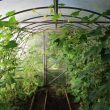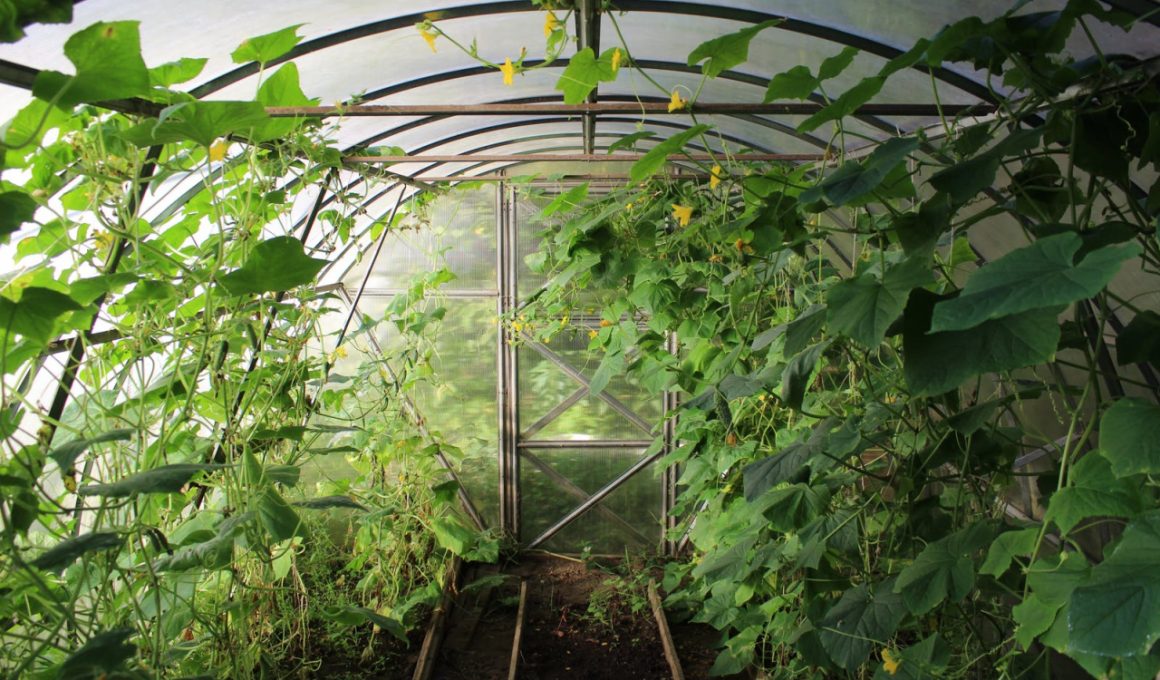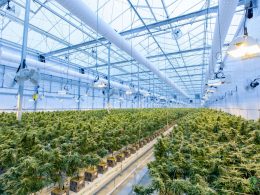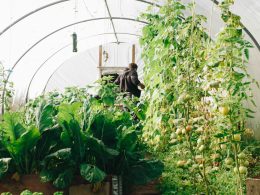Green House Adviser is reader-supported. When you buy through links on our site, we may earn an affiliate commission. Learn more
Gardening is a hobby for many people around the world! However, gardening is limited to certain months of the year as weather conditions are not always suitable. Nonetheless, there is a solution that allows you to enjoy the experience of gardening during the entire year. Building a greenhouse will allow you to enjoy this experience and cultivate healthy plants all year round.
A greenhouse is a structure that creates an ideal microclimate for plant growth. It can be used to start plants or keep them alive throughout their lives. Building a greenhouse is a large project; however, you can do it yourself on a budget.
So, if you’re interested to know how to build a greenhouse, stay tuned!
What Is a Greenhouse?
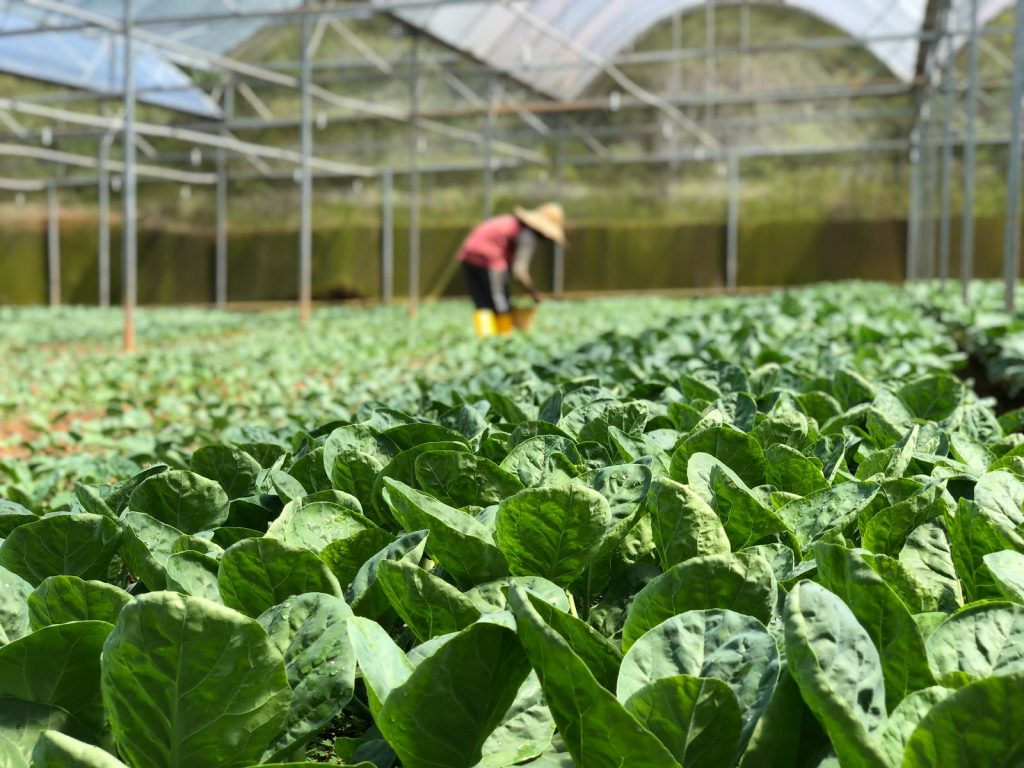
A greenhouse is a structure consisting of walls and roofs primarily made of transparent material, such as glass or plastic, where you can grow plants that require regulated climactic conditions.
Greenhouses vary in size from small sheds to large industrial structures. When exposed to sunlight, the interior of a greenhouse becomes significantly warmer than the outside temperature, protecting its contents in cold weather.
Many commercial greenhouses are high-tech facilities where people cultivate vegetables, flowers, and other fruits. Most greenhouses are equipped with screening systems, heating, cooling, and lighting, which a computer may control to maximize plant growth conditions. Different methodologies are then used to evaluate greenhouse optimality degrees and comfort ratios, such as air temperature, relative humidity, and vapor-pressure deficit, to reduce production risk before a particular crop is cultivated.
What Do You Need to Know Before Building a Greenhouse?
Building your greenhouse from the ground up is a fun experience that allows you to be creative while also giving you the flexibility and freedom to meet your needs. If you want to build a cheap greenhouse by yourself, there are a few things you should think about and plan for.
Purpose
Different people have different reasons for wanting to build a greenhouse. However, popular explanations for constructing a greenhouse or conservatory include:
- All-season gardening! You don’t have to worry about cultivating vegetables during the winter because the controlled environment inside the greenhouse allows everything to thrive even when it’s cold outside. The greenhouse environment provides enough heat and water vapors for greenery to thrive, making it ideal for growing almost anything—from herbs to flowers and vegetables.
- Money-saving! Every spring, many households spend a ton of money on plants and lawn grass for their outdoor gardens. You can cultivate a lot of seeds in a greenhouse, and you’ll probably have more than enough to give away to friends and family as well.
- Space that serves multiple functions: If you have a greenhouse, you won’t need a garden shed because you’ll have enough space to store tools and other equipment.
- Plant protection: Plants grown in greenhouses are protected from harsh weather and pest infestations such as caterpillars, spider mites, locust swarms, and others. Plants grown in greenhouses are generally healthier.
Cost
When building a backyard greenhouse, the next thing you should consider is the amount of money you’re willing to invest in it. It is a fact that building your greenhouse is much cheaper than buying one. However, you still need to determine how much you’re willing to spend on each element of the greenhouse.
If you’re thinking about using the greenhouse only for your own needs, the overall cost will be lower. On the other hand, if you intend to grow plants in your greenhouse and sell them afterward, you’ll need to invest more since the purpose changes, and you will need a bigger greenhouse.
Type of greenhouse
Choosing the greenhouse style is heavily influenced by the types of backyard greenhouse projects you intend to undertake now and in the future. You should also consider what other types of buildings are on the proposed site.
There are various types of greenhouses. The most common ones are lean-to greenhouses, freestanding greenhouses, abutting greenhouses, etc.
Lean-to greenhouses are ideal for those who want to enhance walled gardens, establish a feature wall, or have limited garden space. Warmth is a significant advantage of a lean-to greenhouse. Your greenhouse will significantly benefit from the warmth inside your home if placed against a wall. Even if you build it against a garden wall with no residual heat, it will retain heat efficiently.
On the other hand, a freestanding greenhouse is an excellent choice for those with a flexible garden landscape that is not constrained by space or other structures. These designs allow for variations in orientation and position to meet your specific growing requirements. This design will enable keen gardeners to house a variety of crops that will benefit from an abundant amount of light and sunshine in the spring and summer months and even ventilation that will allow the plants to flourish.
Finally, abutting greenhouses and glasshouses are typically connected to a building on one side. The result can be truly stunning and architectural, especially if the materials are matched to the property’s exterior, either in texture or color. They can also be very useful because you won’t have to leave the house to start growing. As a result, they’re ideal for blurring the line between your home and garden, and we guarantee you’ll be thankful for them during the cold winter months.
Permits
Whether you need construction permission to build or place a greenhouse on your property or not depends on where you live. In most rural regions, it’s the same as adding a shed, an auxiliary structure that doesn’t require a permit. The codes become more difficult as you approach a big city. Permits are more likely to be required in such jurisdictions. The final judgment on whether or not you need permission lies with your local building authorities, so check with them.
How to Build Your Own Greenhouse
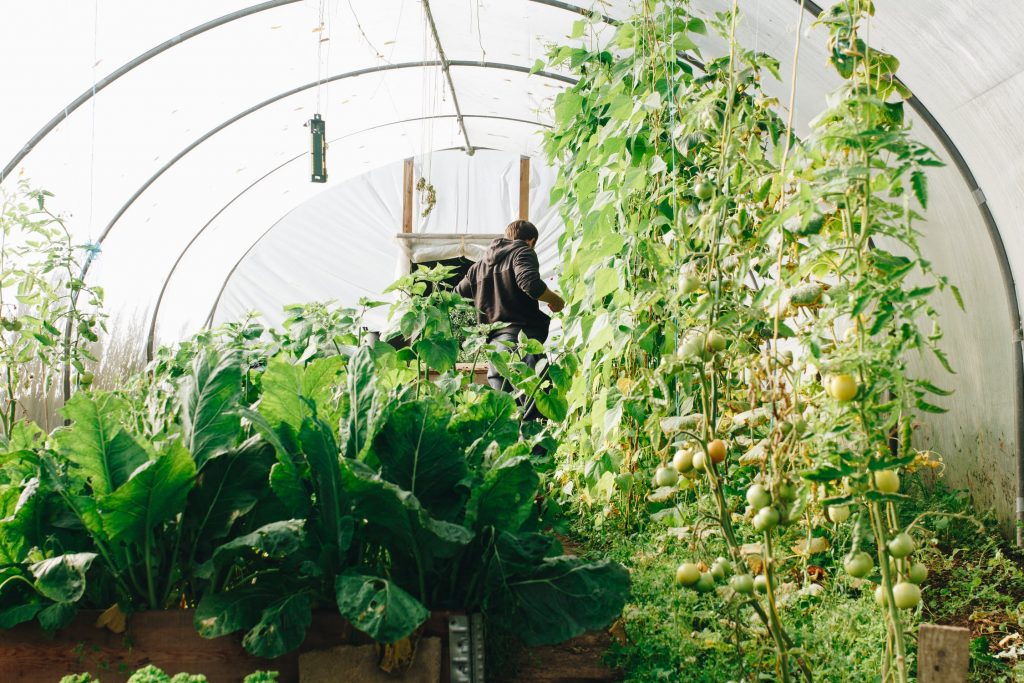
A commercially made greenhouse is probably out of your price range if you garden to save money on food. However, there is a choice! A low-cost greenhouse can be built with a bit of imagination and do-it-yourself skills.
1. Prepare your tools
The first step into building the greenhouse of your dreams is preparing the tools you need for the entire process. What tools you’ll need for your greenhouse will be determined by the material you choose. However, typical tools to build your greenhouse include a hand trowel, spade, fork, secateurs, gardening gloves, rake, shovel, wheelbarrow, saw, etc.
2. Choose a location
Choosing the right location is vital to have a greenhouse where you can grow healthy plants. To ensure that your plants get enough sunlight, place your greenhouse near a south-facing window or a patio door. In addition, the location for your greenhouse needs to be humid yet warm. Make sure the ground is somewhat flat and protected from severe winds.
Once you have figured out what plants you want to grow, you’ll be able to determine the size and location of your greenhouse quickly.
3. Select a structure
The type of growth structure employed determines the efficiency and productivity of a greenhouse operation. Greenhouses can be classified into three types: lean-to, detached, and ridge and furrow or gutter attached. Because of their small size, lean-to greenhouses are rarely employed for commercial production. This is the most common style of home among enthusiasts.
On the other hand, detached greenhouses exist separately from one another. They may, however, be linked to a workspace or connected directly to another greenhouse via a corridor. The other greenhouse structure is gutter attached. A common gutter connects ridge and furrow greenhouses at the eave. There is no internal wall beneath the gutter in most cases, allowing for greater efficiency. Ridge and furrow greenhouses can be a gabled or curved arch.
4. Select the covering material
In the market, you can find various covering materials for your greenhouse. The type of material you choose depends on the type of greenhouse you intend to build and the type of plants you will cultivate. Some of the best covering materials for your greenhouse are glass, fiberglass, film plastic, etc.
5. Build the frame
The next step in building a small greenhouse is creating the frame. To build your greenhouse frame, you can use a great variety of materials. Materials such as wood, aluminum, galvanized steel, and PVC plastic pipe are the four most common materials you can use for your greenhouse frame.
With the materials you’ve chosen, construct your greenhouse frame according to the directions given in your blueprint. To build a greenhouse out of wood or other materials, you should cut your wood or plastic tubing to the lengths you want, then put it together using the right bolts, connectors, and adhesives.
6. Install temperature control systems
Temperature control systems are vital to maintaining a healthy environment for the plants growing in the greenhouse. Having the proper amount of heat allows plants to grow and flourish. When it comes to the heating system, they are classified into two types: central and local. Central heating systems are made up of a central boiler. Boilers use steam or hot water to produce heat.
On the other hand, local heating systems are typically installed at one end of a greenhouse. They can be convection heaters, unit heaters, or radiant heaters. Due to price, central heating systems are typically used in larger commercial greenhouses. Smaller greenhouses benefit from local heating systems.
When speaking of thermostats, they come in a variety of shapes and sizes. Adding a thermostat to your greenhouse, potting shed, or propagation area is vital, as this temperature-controlling device will precisely regulate greenhouse heaters and fans up to 3kw in size, as well as heating mats, soil warming cables, and warming mats.
In addition, perhaps the most critical aspect of a successful greenhouse is ventilation. Greenhouses and their plants are vulnerable to various problems when they are not adequately ventilated. This is because ventilation serves four primary functions within the greenhouse. First and foremost, it aids in temperature regulation. It also guarantees that your plants get plenty of fresh air to photosynthesize in. Furthermore, proper ventilation prevents pest infestations and promotes essential pollination within the greenhouse. If your plants are struggling in any of these areas, choosing the right fans and vents for your greenhouse can help solve the problem.
A greenhouse without adequate ventilation can become overheated even in relatively cool weather. Believe it or not, excessive heat within a greenhouse kills more plants than cold. Many plants are extremely sensitive to temperature and will wilt, stop growing, or die if exposed to it. Having vents strategically placed throughout the greenhouse will help to even out the temperature and allow some of the heat to escape naturally. If heat is a major concern in your greenhouse, consider installing an exhaust fan to push stale air out while encouraging fresh air to flow in. In warm environments, the best way to cool your greenhouse is to use an evaporative cooler combined with an exhaust fan.
An exhaust fan is an essential tool for lowering the temperature and increasing overall success in your greenhouse. Exhaust fans should ideally be installed on the greenhouse’s roof, opposite the door. If your greenhouse does not allow you to install exhaust fans, make sure to install additional circulation fans.
Conclusion
Greenhouse gardening can require a significant initial investment, but the long-term benefits are massive. You will be able to grow plants that you would not be able to grow in a conventional outdoor garden and gain an interesting and original gardening experience with a greenhouse garden that you can build yourself and on a budget.


